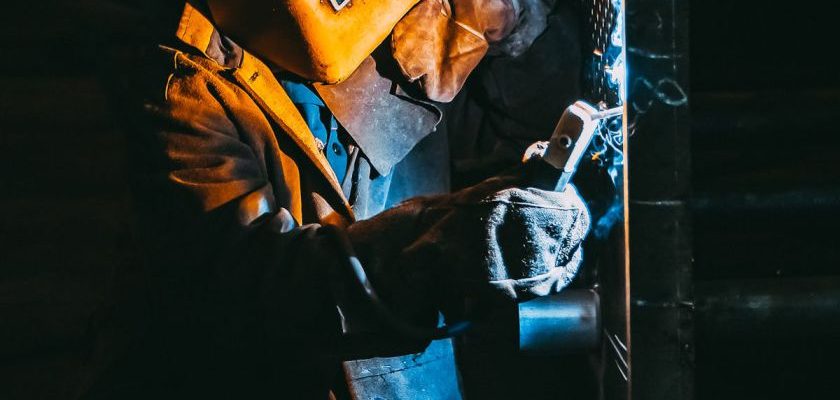Welding is a fundamental process in metalworks, essential for joining various metal components together to create structures and products. While welding is a valuable technique, it also poses significant risks to workers if proper safety measures are not followed. Understanding why welding safety is critical in metalworks is essential to ensure the well-being of workers and the quality of the final product.
The Dangers of Welding Without Safety Measures
Welding involves the use of high temperatures and potentially hazardous materials, making it a risky process if not handled with care. Without proper safety measures, welding can lead to various dangers, including burns, eye injuries, electric shock, exposure to toxic fumes, and fires. The intense heat generated during welding can cause severe burns to the skin if direct contact is made, highlighting the importance of wearing appropriate protective gear such as welding helmets, gloves, and clothing.
Protecting Workers from Harmful Fumes
One of the critical safety concerns in welding is the inhalation of harmful fumes and gases produced during the process. These fumes can contain toxic substances such as lead, cadmium, and zinc, which, when inhaled, can lead to respiratory issues, neurological damage, and other serious health problems. Proper ventilation systems and the use of respiratory protection equipment are essential in minimizing the risk of exposure to these hazardous fumes, ensuring the health and safety of welders.
Preventing Fires and Explosions
Welding also carries the risk of fires and explosions, particularly in environments where flammable materials are present. The heat generated during welding can ignite nearby combustible materials, leading to fires that pose a significant threat to both workers and the workplace. Implementing fire prevention measures, such as keeping the work area clear of flammable materials and having fire extinguishers readily available, is crucial in reducing the risk of fires and ensuring a safe working environment.
Ensuring Structural Integrity and Product Quality
In addition to safeguarding the well-being of workers, welding safety is vital for maintaining the structural integrity and quality of the final product. Improper welding techniques or the use of substandard materials can compromise the strength and durability of welded joints, leading to structural failures and potential safety hazards down the line. By adhering to safety protocols and following industry best practices, welders can ensure that their work meets the required standards for quality and reliability.
Conclusion: Prioritizing Welding Safety in Metalworks
In conclusion, the importance of welding safety in metalworks cannot be overstated. By understanding the risks associated with welding and taking proactive measures to mitigate these risks, workers can protect themselves from harm, prevent accidents, and uphold the integrity of their work. Prioritizing welding safety is not only a legal requirement but also a moral obligation to ensure the well-being of those involved in the welding process. By promoting a culture of safety and providing adequate training and resources, companies can create a safer and more productive work environment for their employees.

